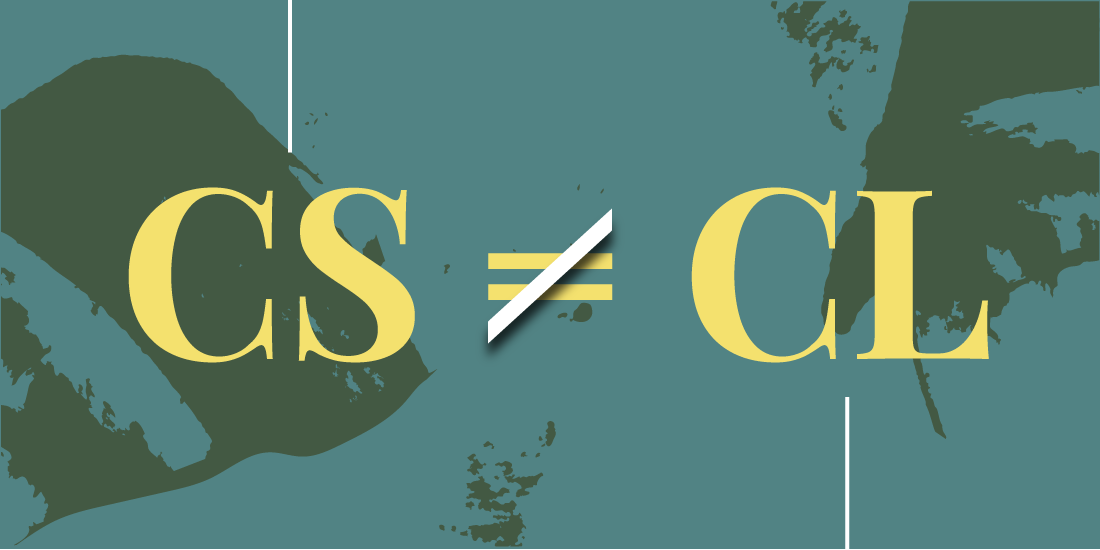
Customer satisfaction is an essential element to building customer loyalty, but a satisfied customer isn’t always a loyal customer. Buyers today have greater access to new products, services, and brands than ever before, and Nielsen notes that customer disloyalty is a growing trend that’s here to stay.
But truly loyal customers remain just as valuable to brands as ever—perhaps even more valuable. Brand-loyal customers spend 87% more per year than the average satisfied customer, and the lifetime value of a loyal customer exceeds average customer lifetime value by more than 300%.
One brand that I feel loyal to is Blizzard Entertainment. They’re renowned for the commitment to quality and storytelling. Even with some genres that I wouldn't typically play, I end up trying because Blizzard made their own entry. In some ways, they feel like the Pixar of the gaming industry." —Cameron, Web Developer
It’s no wonder, then, that business leaders are keen on using consistent brand identity to develop customer loyalty. As Jimmy John’s founder says: “Customer loyalty comes from consistent experience. They learn to count on you.”
To develop deeper, ongoing relationships with loyal customers, explore the meaningful differences between a satisfied customer and a loyal customer and take measures to convert satisfaction into a lifetime of business.

What Defines a Loyal Customer?
So what differentiates a satisfied customer from a loyal customer? It comes down to mutual understanding. Where a satisfied customer might understand their need for your product or service, a loyal customer will understand your brand’s expertise and capability to meet their needs through products and services.
That understanding helps give customers confidence when they’re buying from your brand, because they see your brand as a partner in problem-solving—integral to their success. Customers who have complete confidence in their purchase are more willing to pay top-dollar for that peace of mind, and they’re less likely to be swayed by your competition’s bargain prices.
And loyal customers aren’t the only ones enjoying that peace of mind—you are, too! When and if your brand does slip up—because mistakes do happen—loyal customers are more likely to forgive and forget if the situation is remedied to their satisfaction.
I love the Apple brand, and have always gone there first when looking for tech solutions—mostly because they fit into my life so seamlessly. My watch communicates with my phone, my air pods easily connect to my phone. I use Kindle Reader on my phone or iPad instead of a Kindle, because the touchscreen is more responsive and easier to use. I’ve always used Apple products and computers for work and school because they’re tailored to my needs—I guess that’s where it started.” —Sarah, Senior Designer
How to Develop Customer Loyalty
Satisfied customers become loyal customers through consistent experiences, which are shaped from a strong brand identity. Infusing your brand with a meaningful visual language, thought-provoking content that demonstrates leadership, and a consistent brand voice can do more than turn one transaction into two; it can help turn a happy customer into a loyal customer.
Consider implementing these brand-building content strategies to convert satisfied customers to loyal customers:
- Develop a strong brand identity, including brand language and brand voice.
- Demonstrate thought-leadership through industry blogs and case studies.
- Create a customer retention strategy, including email newsletters, loyalty programs, and web user remarketing.
- Develop voices within your company as accessible experts who customers can look to for advice and expertise.
- Encourage dialogue between your brand and your customers by maintaining an active and informative social media presence.
Essie earned my loyalty not just because they make excellent nail polish, but because they admit when they've made an error, and make up for it with exceptional customer service." —Emily, Writer & Content Manager